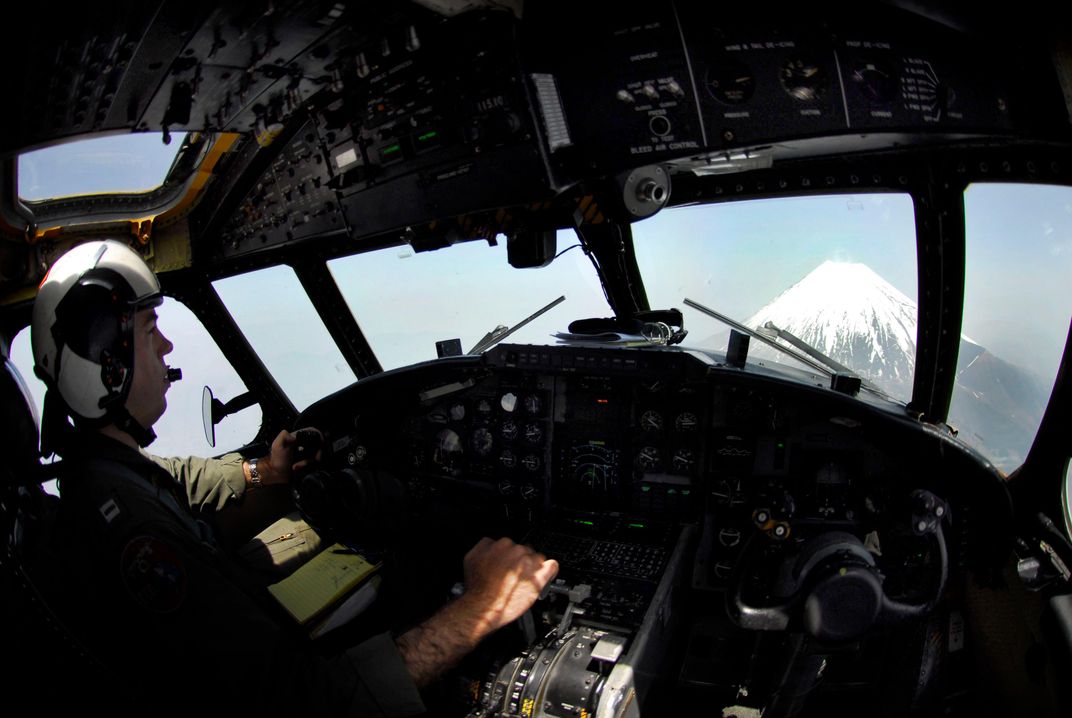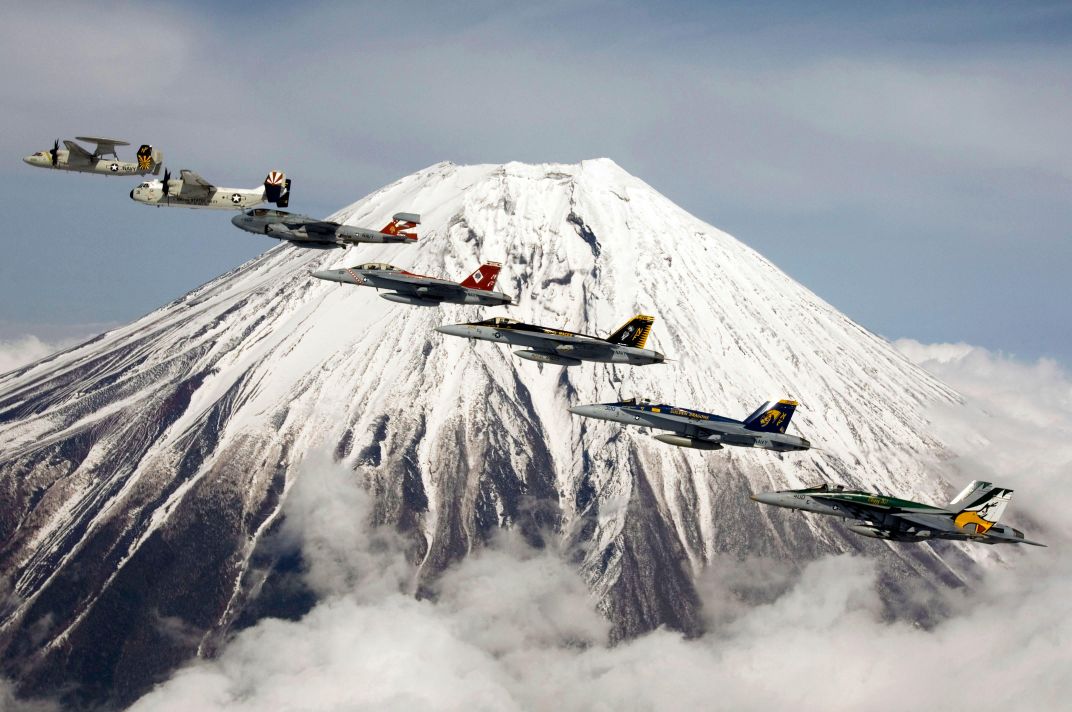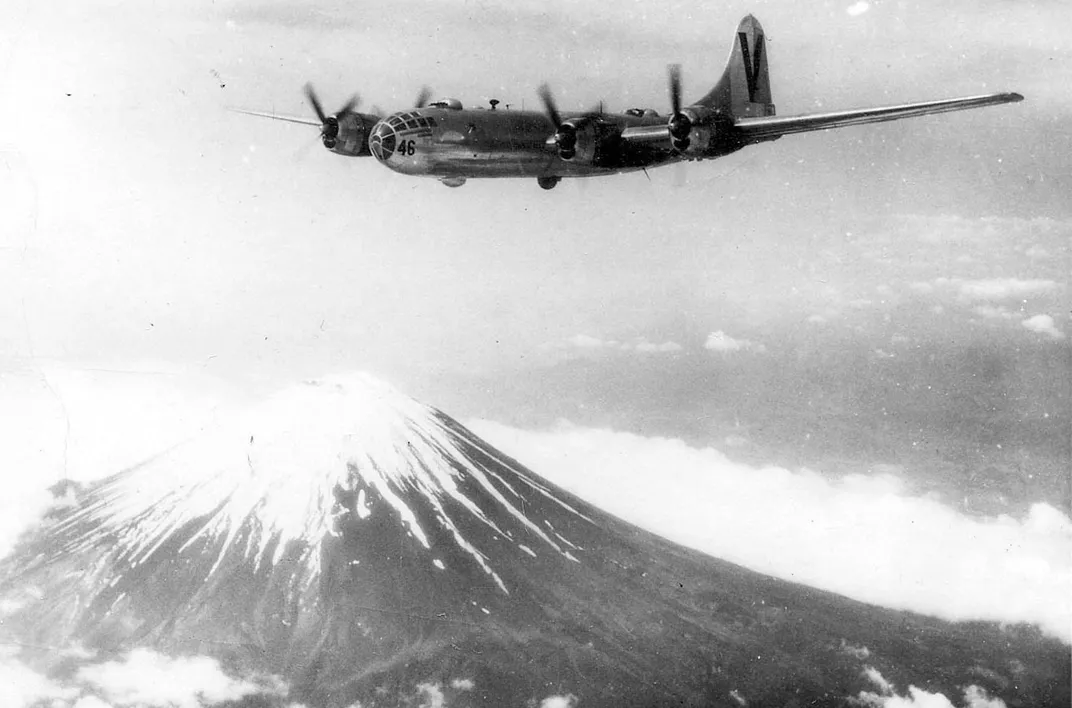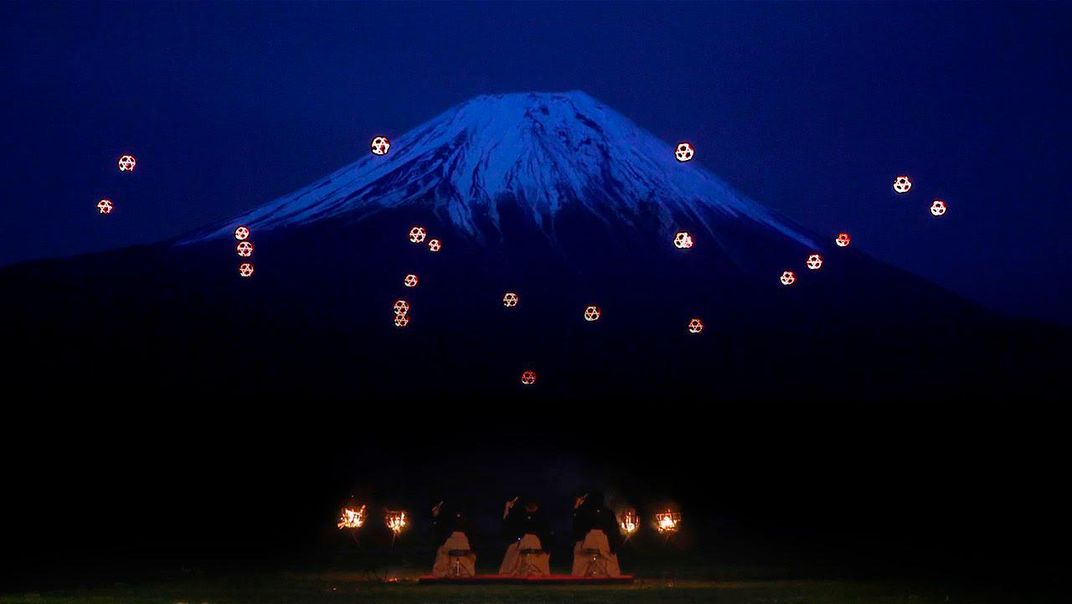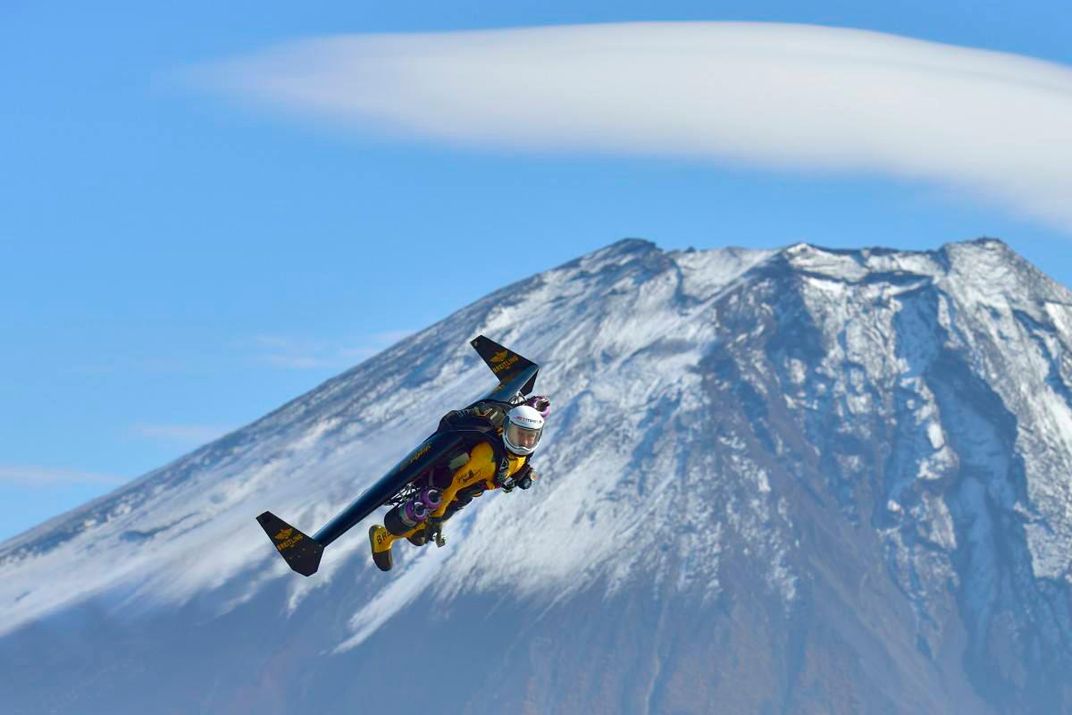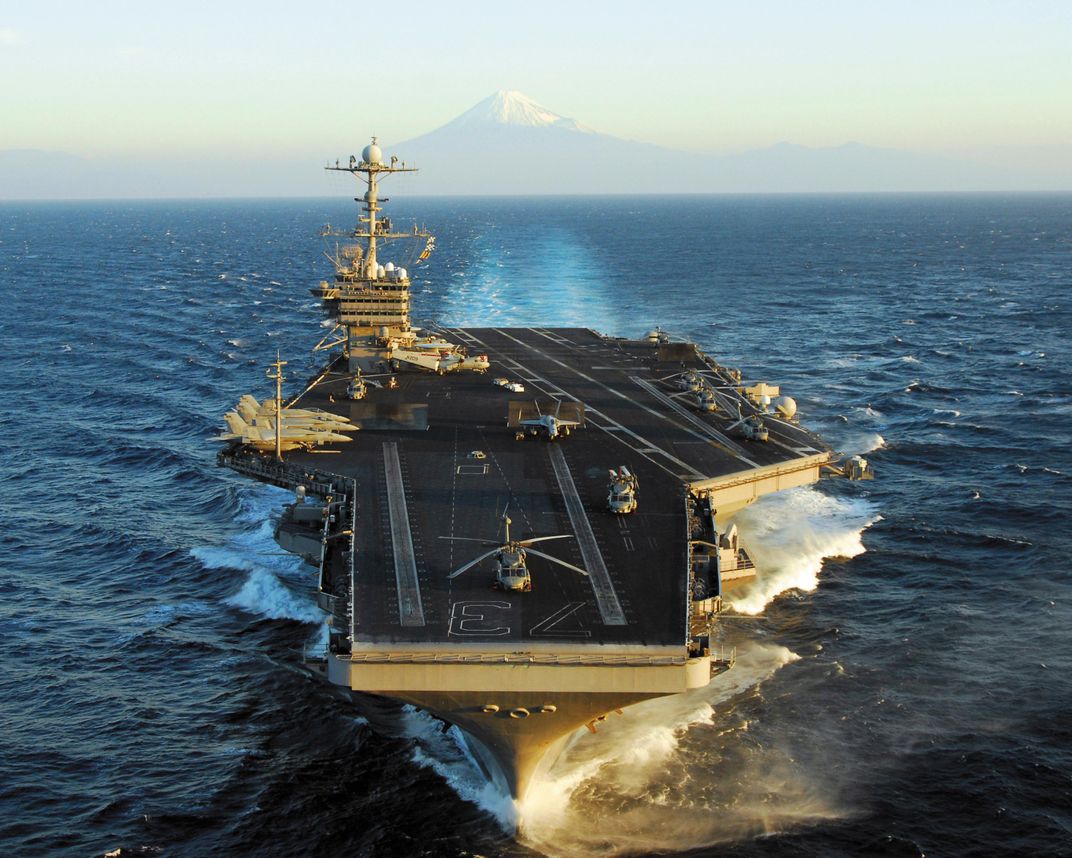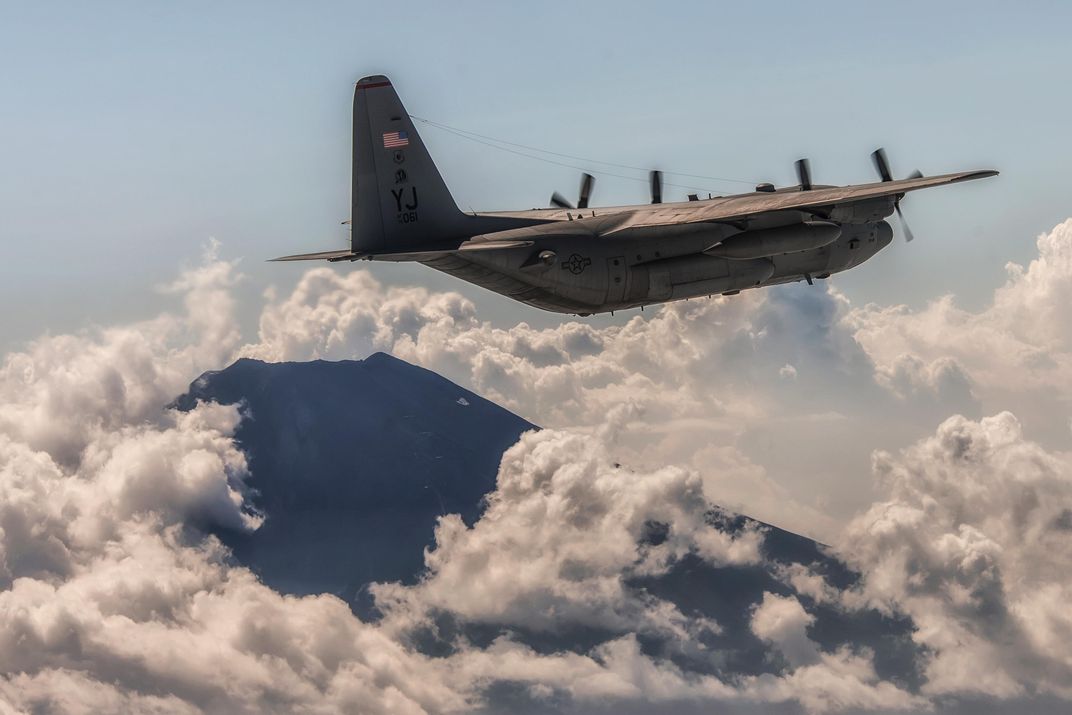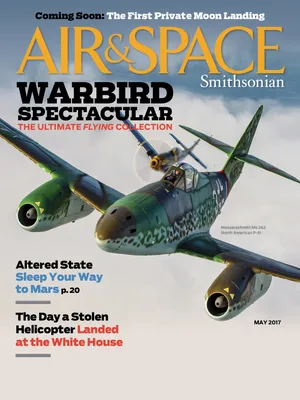Flights Over Fuji
Pilots can’t resist taking photos against one of the world’s most beautiful backdrops.
Mt. Fuji has inspired Japan’s poets and painters for centuries, but it’s also lured pilots. At 12,389 feet, its volcanic cone is the highest in Japan, and looms over Tokyo, 65 miles to its northeast. No one knows the first time an aircraft flew by Fujiyama, but in December 1910, Lieutenant General Baron Tokugawa Yoshitoshi of the Japanese Imperial Army likely climbed high enough from a Tokyo park to silhouette his Farman III biplane against the mountain.
During World War II, Mt. Fuji was a prominent landmark for U.S. bombers navigating to targets, but ever since, both military and civilian aircraft made Fuji itself the destination. After seeing dozens of aircraft types framed against Mt. Fuji, we caught on: A flyby of Mt. Fuji has become a rite of passage and a photo op that has proved irresistible to an endless stream of pilots, though flights by the U.S. Air Force and Navy, and by the Japanese Self-Defense Forces, are, officially, for training. Joint air exercises such as Keen Sword are staged from Yokota Air Base, near the bottom of Fujiyama. Japan conducts Fuji Firepower with mass helicopter support to defend a mock attack against its islands. During these “battles,” the U.S. Marines have built and defended a temporary airfield near Camp Fuji. Aircraft carriers often have a portrait of themselves snapped while in transit along the Japanese coast as Fuji, just 20 miles inland, rises over their deck.
